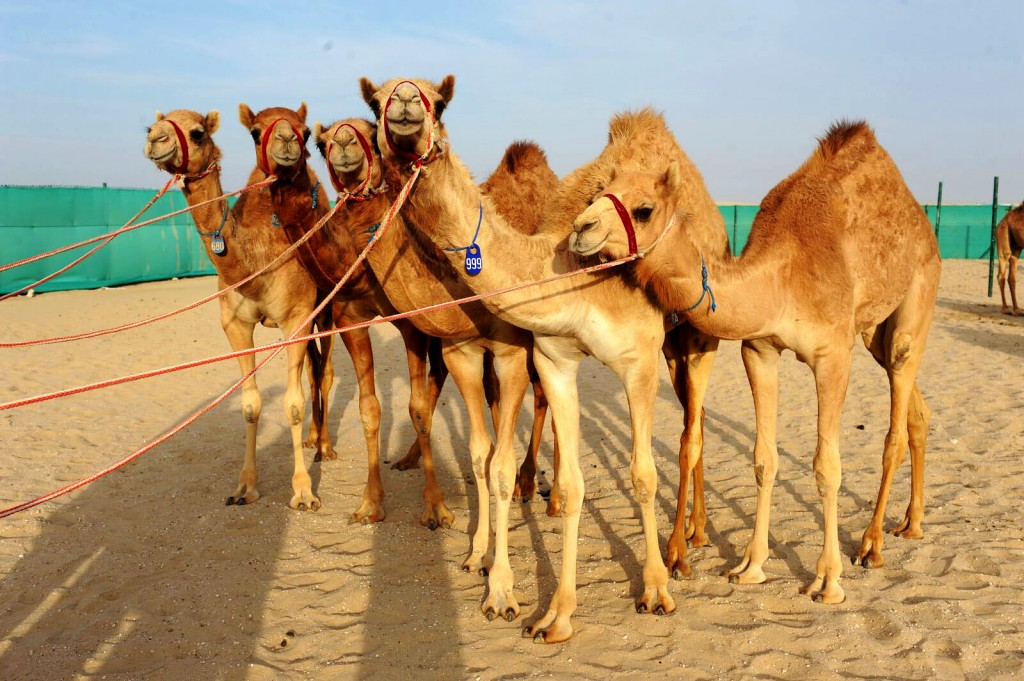About Us
Introduction
The Genus Camelus, of the family Camelidae, is composed of two species: C. dromedary (single humped) and C. bacterians (double humped) camels. Domesticated thousands of years ago, the single humped dromedary (Arabian) camels have always been prevalent conspicuously in the Arab countries of the Middle East, and in Africa and Asia, in addition to a quarter of a million roaming wild in Australia. This type of camel is deep rooted in the Arab psyche, culture and economic life. Since time immemorial, it has been the main source of transportation, food (high quality negative-cholesterol-less milk and meat), together with some other extractive uses, such as wool and skin for tents and clothing for the migratory Bedouin, particularly in the Arabian Peninsula and North, West and East Africa. Other historic camel-associated pursuits include racing (recently rejuvenated), and carrying warriors in traditional sword and spear battles. Indomitably performing its classical functions in many underdeveloped parts of Africa and Asia until today, it has, however, been fast overtaken by the modern locomotive on the asphalted roads, in the wake of the production and utilization of oil in the Middle East since the 1940s.
The Father of the Nation, the late Sheikh Zayed Bin Sultan Al Nahyan, may Allah bless his soul, who cherished the camel, once said:
“We are fathomlessly indebted to the camel for the services it rendered our ancestors and continues to provide us with.”
The modern infrastructure with which the Middle Eastern Arab oil countries have been blessed during the last half century has rendered the camel an endangered species. This fact has dawned upon our wise leaders who have been determined to glorify the camel and do everything possible to encourage its rebirth and flourishing as an integral part of Arab life. Institutional and individual efforts have been consistent and enthusiastic to cater for camels, most of which have become magnificently thoroughbred. The establishment of the Veterinary Research Center (VRC) by His Highness Sheikh Hamdan Bin Zayed Al Nahyan and His Highness Hazaa Bin Zayed Al Nahyan has been both an instigator and an outcome of their revolutionary drive to promote the welfare of camels locally, regionally and internationally.


